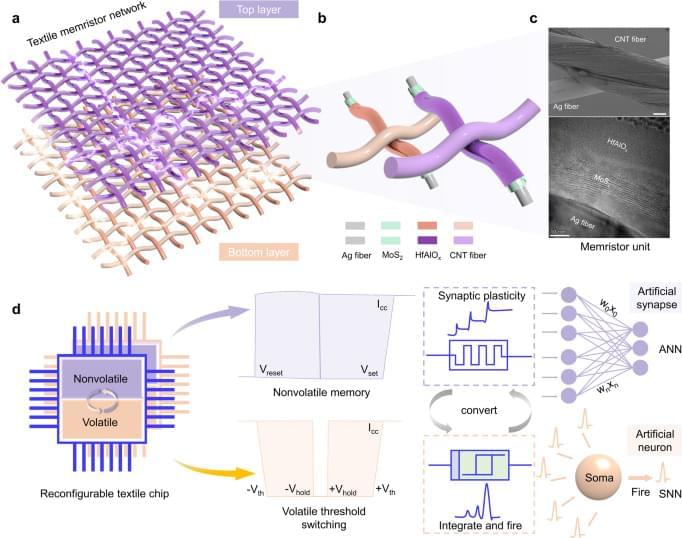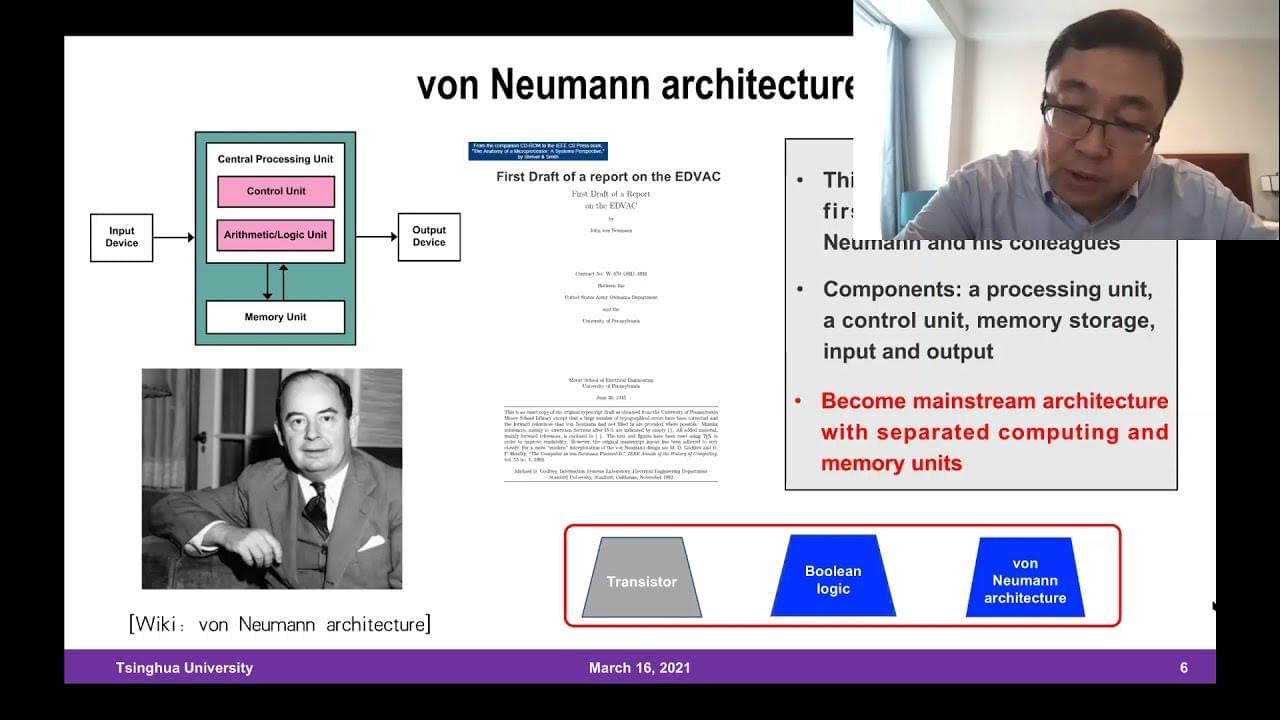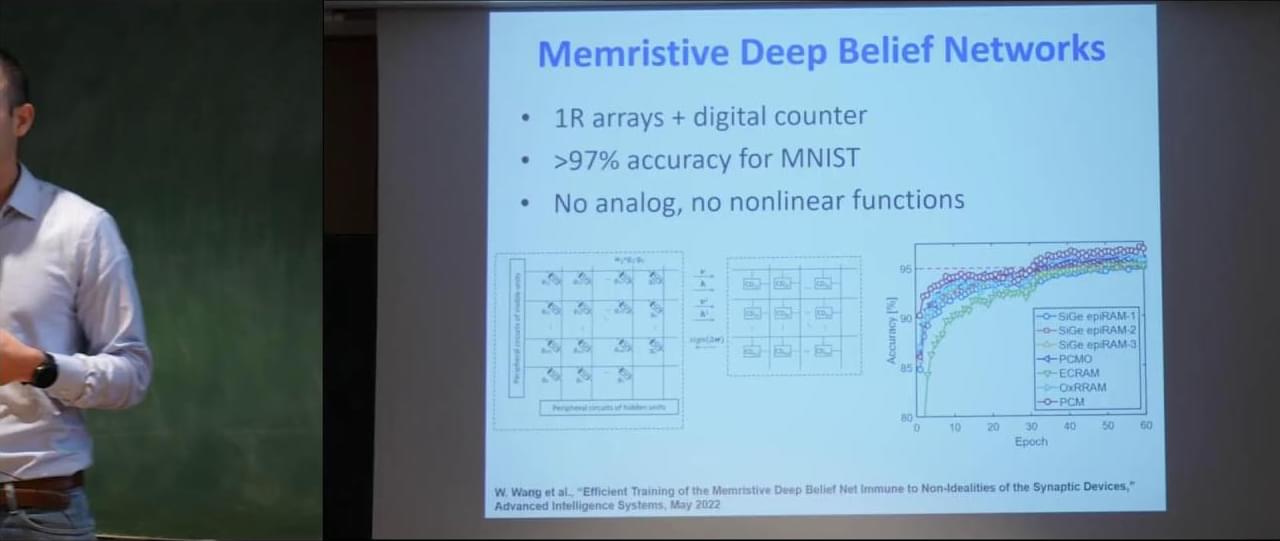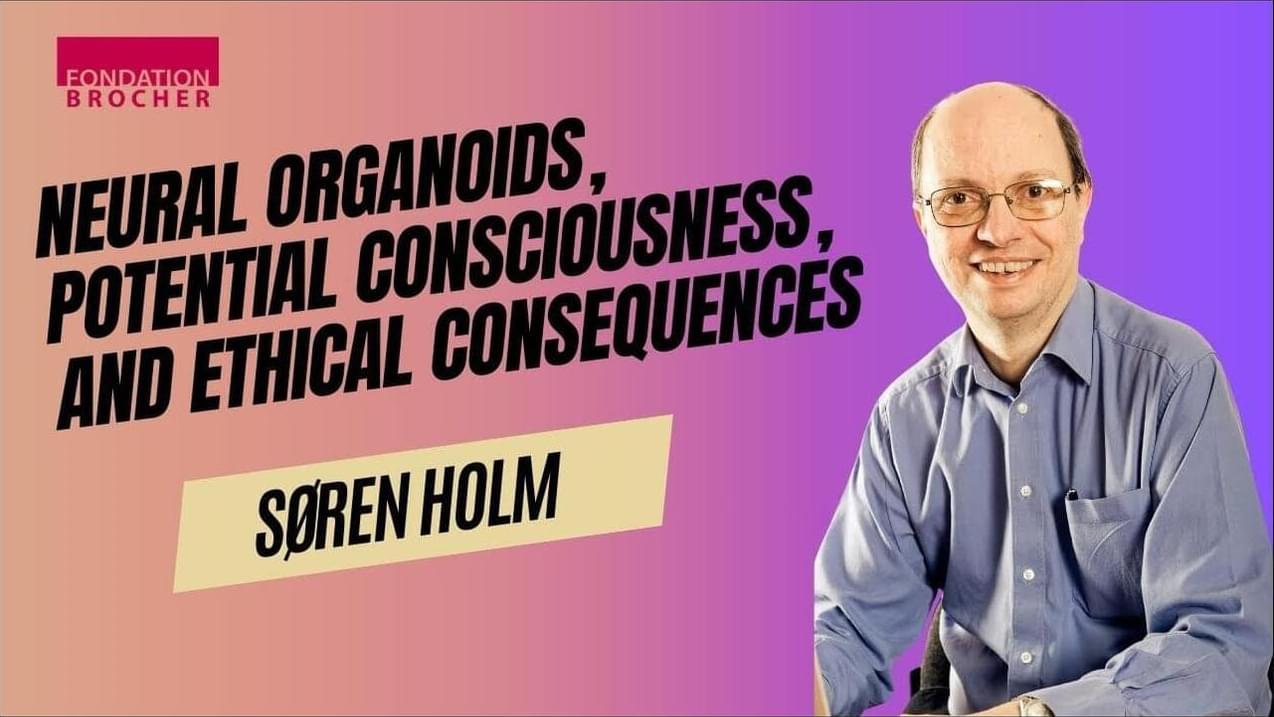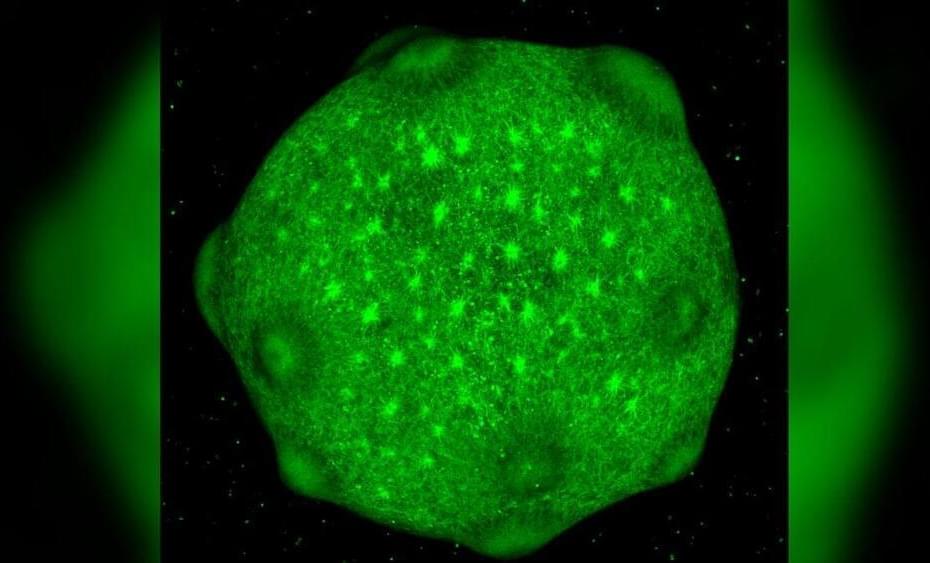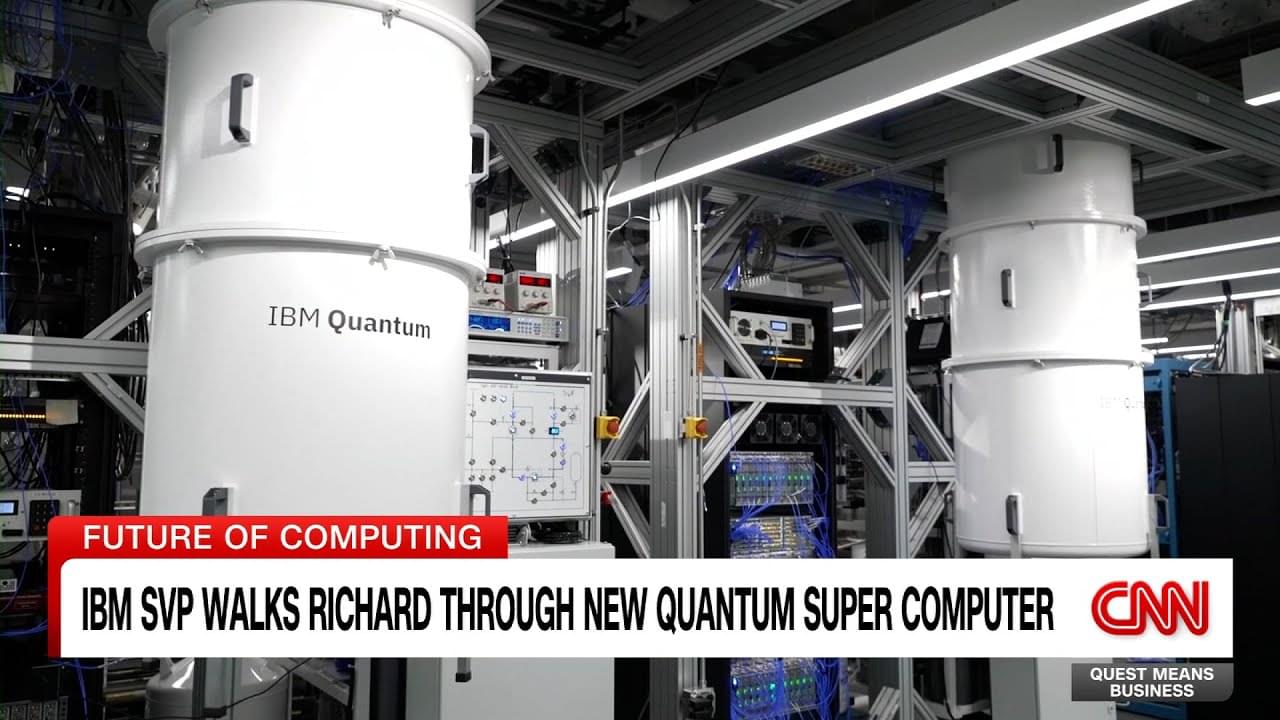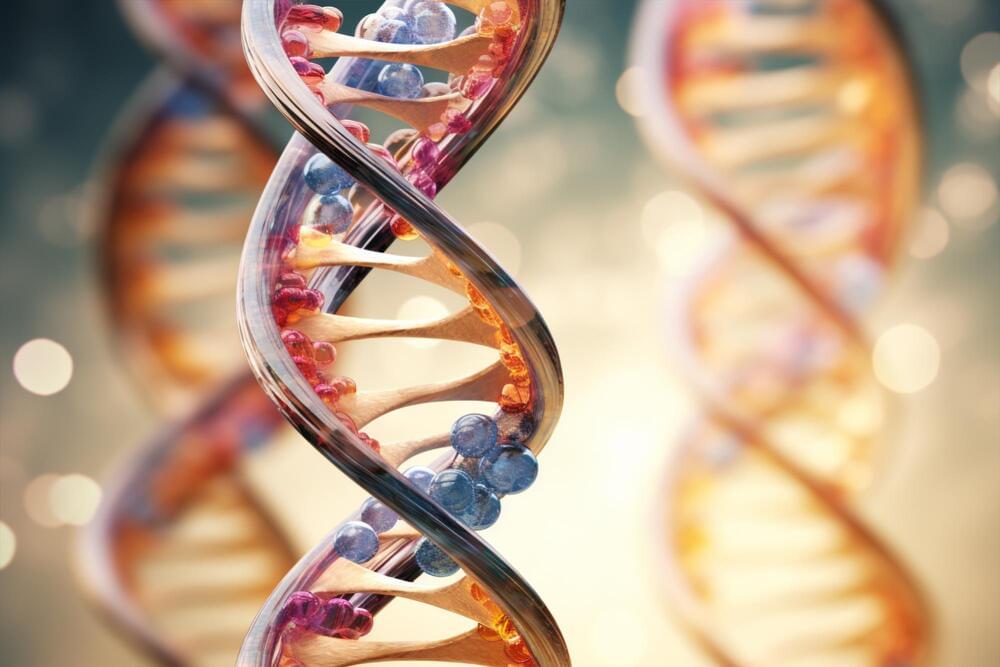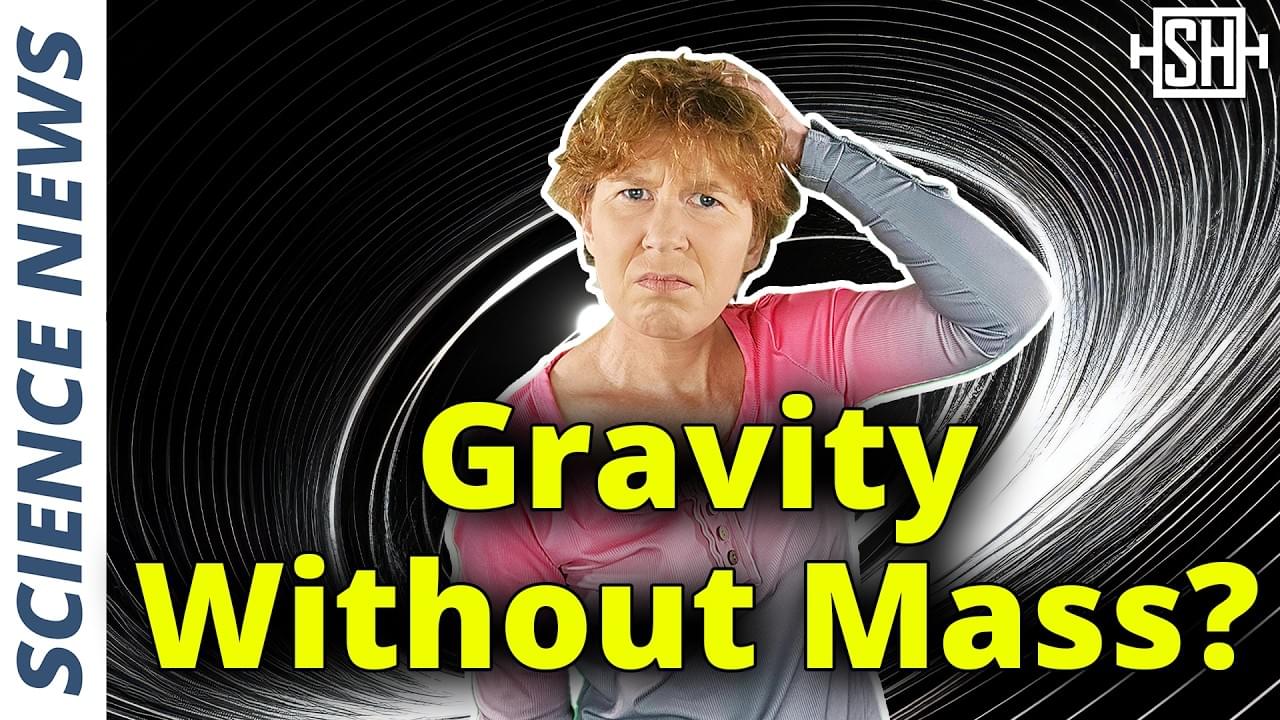Neuromorphic computing memristors are attractive to construct low-power-consumption electronic textiles. Here, authors report an ultralow-power textile memristor network of Ag/MoS2/HfAlOx/carbon nanotube with reconfigurable characteristics and firing energy consumption of 1.9 fJ/spike.
Recently, computation in memory becomes very hot due to the urgent needs of high computing efficiency in artificial intelligence applications. In contrast to von-neumann architecture, computation in memory technology avoids the data movement between CPU/GPU and memory which could greatly reduce the power consumption. Memristor is one ideal device which could not only store information with multi-bits, but also conduct computing using ohm’s law. To make the best use of the memristor in neuromorphic systems, a memristor-friendly architecture and the software-hardware collaborative design methods are essential, and the key problem is how to utilize the memristor’s analog behavior. We have designed a generic memristor crossbar based architecture for convolutional neural networks and perceptrons, which take full consideration of the analog characteristics of memristors. Furthermore, we have proposed an online learning algorithm for memristor based neuromorphic systems which overcomes the varation of memristor cells and endue the system the ability of reinforcement learning based on memristor’s analog behavior.
Full abstract and speaker details can be found here: https://nus.edu/3cSFD3e.
Register for free for all our upcoming webinars at https://nus.edu/3bcN9pS.
Enjoy the videos and music you love, upload original content, and share it all with friends, family, and the world on YouTube.
In the past decade, lab-grown blobs of human brain tissue began making news headlines, as they ushered in a new era of scientific discovery and raised a slew of ethical questions.
These blobs — scientifically known as brain organoids, but often called “minibrains” in the news — serve as miniature, simplified models of full-size human brains. These organoids can potentially be useful in basic research, drug development and even computer science.
What Counts as Consciousness
Posted in neuroscience
Some years ago, when he was still living in southern California, neuroscientist Christof Koch drank a bottle of Barolo wine while watching The Highlander, and then, at midnight, ran up to the summit of Mount Wilson, the 5,710-foot peak that looms over Los Angeles.
After an hour of “stumbling around with my headlamp and becoming nauseated,” as he later described the incident, he realized the nighttime adventure was probably not a smart idea, and climbed back down, though not before shouting into the darkness the last line of William Ernest Henley’s 1,875 poem “Invictus”: “I am the master of my fate / I am the captain of my soul.”
@IBM Senior Vice President Darío Gil shows Richard Quest “the world’s most advanced quantum computer.”
Mitochondria in brain cells frequently insert their DNA into the nucleus, potentially impacting lifespan, as those with more insertions were found to die earlier. Stress appears to accelerate this process, suggesting a new way mitochondria influence health beyond energy production.
As direct descendants of ancient bacteria, mitochondria have always been a little alien. Now a study shows that mitochondria are possibly even stranger than we thought.
Mitochondria in our brain cells frequently fling their DNA into the nucleus, the study found, where the DNA becomes integrated into the cells’ chromosomes. And these insertions may be causing harm: Among the study’s nearly 1,200 participants, those with more mitochondrial DNA insertions in their brain cells were more likely to die earlier than those with fewer insertions.
Dark matter remains one of the most enigmatic components of our universe. In this episode of Cosmology 101, we explore the evidence for dark matter and its critical role in shaping the cosmos. From galaxy rotations to cosmic web structures, discover how dark matter’s invisible hand influences the universe’s evolution and our understanding of fundamental physics.
Join Katie Mack, Perimeter Institute’s Hawking Chair in Cosmology and Science Communication, on an incredible journey through the cosmos in our new series, Cosmology 101.
Sign up for our newsletter and download exclusive cosmology posters at: https://landing.perimeterinstitute.ca…
Follow the edge of theoretical physics on our social media:
Special Offer! Use our link https://joinnautilus.com/SABINE to get 15% off your membership!I recently read that you can have gravity without mass. Ha, no way…
